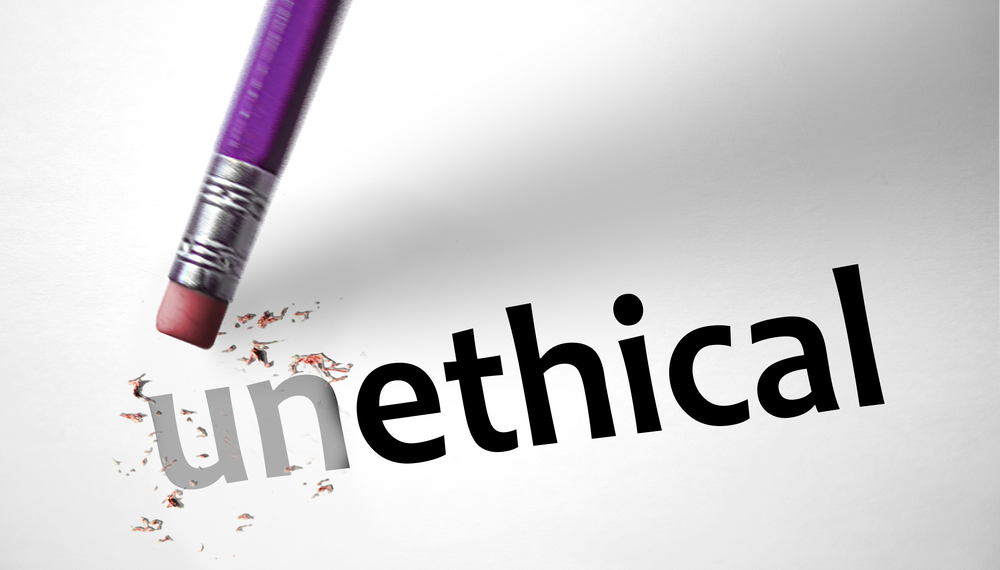Everyone loves a good role model. They inspire us to follow rules, believe in ourselves, and root into our values.
At the workplace, business leaders act as natural role models, emulating success in how they make decisions, govern teams, and demonstrate results. But they also, in turn, have unsaid expectations placed on them by employees. Stated or not, all managers are subtly assessed by their teams and peers on whether their actions reflect ‘ethical leadership’.
Today, organizational values go beyond business boundaries and include many societal norms like acceptance, diversity, and inclusion. Employees that resonate with these values share their stories publicly on intranets and social media, building positive sentiment about a brand and its leaders. But when leaders display what seems to be unethical behavior, it can cause employee unrest and negative publicity.
The power of employee expectations
Recently, a tech giant was in the news because of how it responded to one of its employees who had shared concerns that a specific product in development may exclude or discriminate against racial and linguistic minorities. The company reacted by not addressing the employee’s concerns and firing her instead which led many to perceive that the company acted in haste, mistreating someone considered as a champion of diversity. The incident snowballed, gaining wide news coverage with over 1000 employees as well as 1500 academics and industry professionals seeking an explanation for the company’s leadership’s actions. Some contest that the company’s decision bordered on censorship and discrimination.
A study by Kalshoven and Hartog published in the International Journal of Leadership Studies shows that leaders act as group prototypes. According to the study, leaders are the “ideal representation of a group’s identity, prescribing appropriate attitudes and behaviors.” Leaders that exhibit ethical behavior are more effective in building great teams because employees want their leaders to follow norms of honesty, justice, respect, community, and integrity. In fact, LinkedIn Vice President, Nina McQueen shares that 71% of professionals are willing to take a pay cut to work for a company that reflects their mission and values.
How leaders can meet employee expectations when addressing conflicts
When internal conflicts arise at the workplace, here’s what leaders can do to be certain that they are following the unsaid expectations set by their own employees:
- Share and discuss the organization’s values with your team and conduct activities that reveal what these values look like in a real-world setting, professionally as well as personally. This removes ambiguity about what is accepted and what isn’t.
- Handle grievances appropriately by providing safe spaces to discuss concerns. In case multiple levels of troubleshooting are needed, leaders may seek assistance from mentors and peers or other leaders for advice on resolving issues responsibly.
- Be firm with consequences no matter the level of seniority. As seen in the example, employees are quick to ascertain when organizational values are breached. Impartiality and fairness are thus extremely vital to build employee trust in the conflict resolution process.
In the words of Michael Rosenberg, “People look at what you do and not what you say. Values are words, ethics are actions. When leaders demonstrate values through their actions, they lead by example and create an ethical culture.”








